Yoga isn’t about mastering complex poses; it’s about understanding and nurturing your body’s unique capabilities. Often, terms like range of motion, flexibility, and mobility are used interchangeably. This leads to confusion about their meaning and implications for your practice. Although these terms are closely related, they describe different functions of your body. Understanding their differences can help to transform your practice. Let’s unpack the differences between range of motion, flexibility, and mobility and explore how they relate to your practice.
Range of Motion
Range of motion (ROM) refers to the movement capacity of a joint. It measures the distance and direction a joint can move between the flexed and extended position. In therapy and sports settings, ROM is often expressed in degrees. Bone structure, injuries, surrounding muscles, tendons, and ligaments all affect a joint’s available range of motion. ROM will meet a hard stop when a joint meets another bone.
There are two distinct modes of movement within range of motion: active range of motion (AROM) and passive range of motion (PROM). Active ROM describes how much you can move a joint by using only your muscles without any external assistance. It essentially reflects muscle strength and control within a joint. Passive ROM describes the full spectrum of movement while using assistance. That help may be any sort of aid, such as another person, a prop, a tool, or a wall. Generally, you get more ROM with passive due to the use of an external force to help the movement.
Flexibility
Flexibility is similar to range of motion, but it relates to the soft and connective tissues, including muscles, tendons, and ligaments. It refers to the ability of a muscle to lengthen, permitting a joint to move through its full range of motion. Flexibility can increase over time with practice. Healthy flexibility helps you to perform movements with ease and comfort and can help to reduce injury from physical activities.
Mobility
Mobility refers to your ability to freely move through your full range of motion. It includes the interaction of various factors including joint structure, range of motion, and flexibility. Gravity and the position of your body can also affect mobility. Good mobility allows for efficient and coordinated movement patterns. It contributes to ease in activities of daily life, as well as an improved ability to move smoothly on your yoga mat. Someone with healthy mobility can bend, twist, and reach without experiencing pain or restrictions.
As you practice yoga, remember to honor your body’s unique needs, capabilities, and functions.
Let’s Explore These Concepts
Let’s look at how these three concepts relate using the example of a reclined hamstring stretch.
Range of Motion
-
- Lay down on your back, with both legs extended long
- Pull your right knee towards your chest. That movement is Range of Motion for your hip joint.
- Extend your right leg long again
- This time, use your hands or a belt to assist you pulling your knee in towards your chest. This is Passive ROM, since you are using your arms or belt to help pull the leg in.
- Extend the leg long again.
- Now, leave your hands by your side, and use the strength of your body to pull your leg in towards your chest.
- That is Active ROM. You may notice that it doesn’t come as close to your chest as it does with the assistance of your hands.
Flexibility
-
- Laying on your back, use your hands to tuck your knee to your chest (PROM)
- Wrap your hands around the back of your hamstring to hold your leg
- Now extend your leg straight, trying to bring it as close to your chest as you can
- Walk your hands up your leg, grasping as close as you can to your ankle
- Due to the flexibility of your hamstrings and soft tissues, you’ll likely experience a decrease in your hip flexion. Your knee has to move further away from your chest in order for you to straighten your leg (unless Gumbie-like flexibility is your superpower)
- Your soft tissues are affecting your full range of motion for your hip joint.
Mobility
-
- While laying on your back, actively move through your full range of motion by pulling your knee in, extending your leg straight, and then lowering it back to the ground
- To understand how gravity can affect mobility, try this exercise standing up
- You can stand with your back to a wall or hold onto a chair for support
- You’ll likely notice that your muscles have to work harder to find the same level of mobility due
Understanding the interplay between these concepts helps you to move with awareness on your mat and is essential when working towards an advanced pose such as the splits (Hanumanasana). Injury can happen when we focus on flexibility over mobility. There is a bit of a danger zone if we use an external force to take us beyond our mobility limits. In the reclined hamstring example above, if a friend forcefully extends your leg straight and moves it towards your chest beyond your mobility, that may result in an injury, such as a hamstring tear.
Want to learn a bit more about how our body works during yoga poses? Read about how your glutes can help support bridge pose in this tutorial.
As you are working on your mat, focusing on mobility may help you to progress more than focusing on flexibility alone. Your muscles need to be strong enough to tolerate the stress load of stretching and working towards flexibility. Strong muscles, supporting stabilized joints, with lots of active mobility will help you to ease into advanced poses and keep your body safe along the way.
Range of motion, flexibility, and mobility are all interconnected, yet they represent distinct aspects of movement. Recognizing their differences will help to keep your body safe and enable you to advance your practice with care and confidence. As you practice yoga, remember to honor your body’s unique needs, capabilities, and functions.
Try this free yoga class to relieve tension in your shoulders 🙂
Tonya is a 500hr RYT based in Coastal Mississippi. She loves that she gets to share the joy and healing that yoga brought to her life. In addition to teaching yoga, she flips houses with her husband. Tonya is a travel enthusiast who loves the outdoors and adventure. You'll find her at the local beach, volunteering at the animal shelter, and playing with her forever and foster dogs.
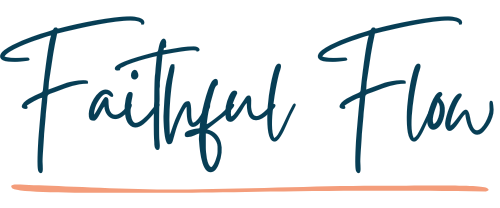
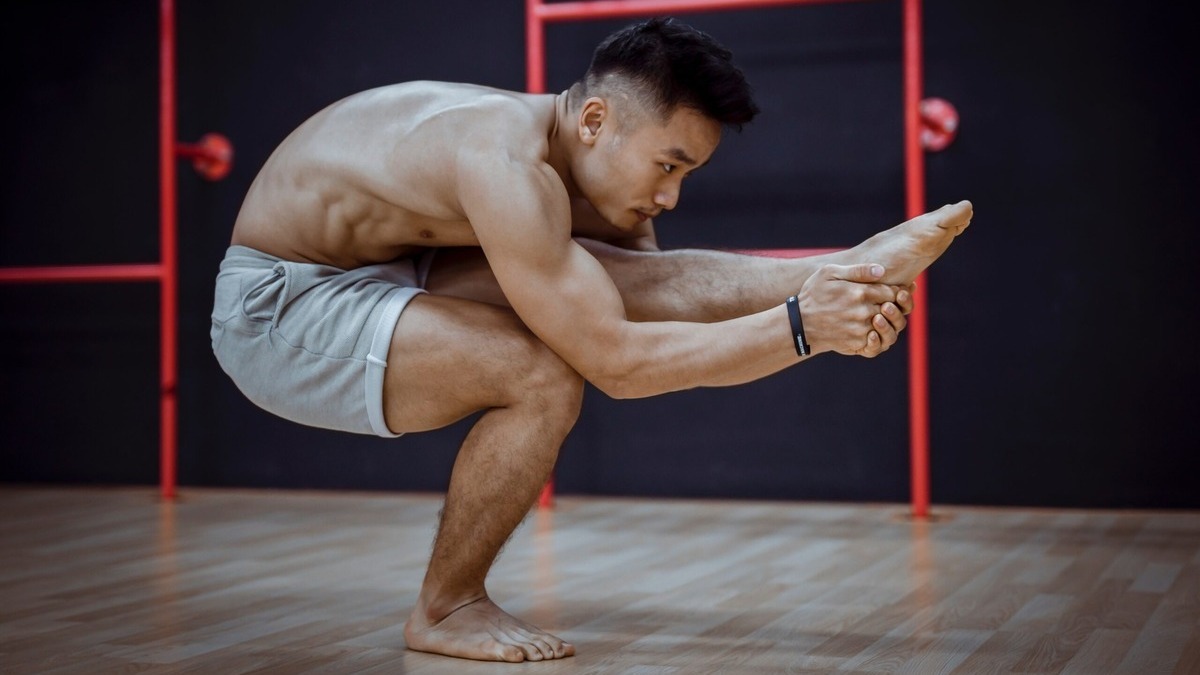
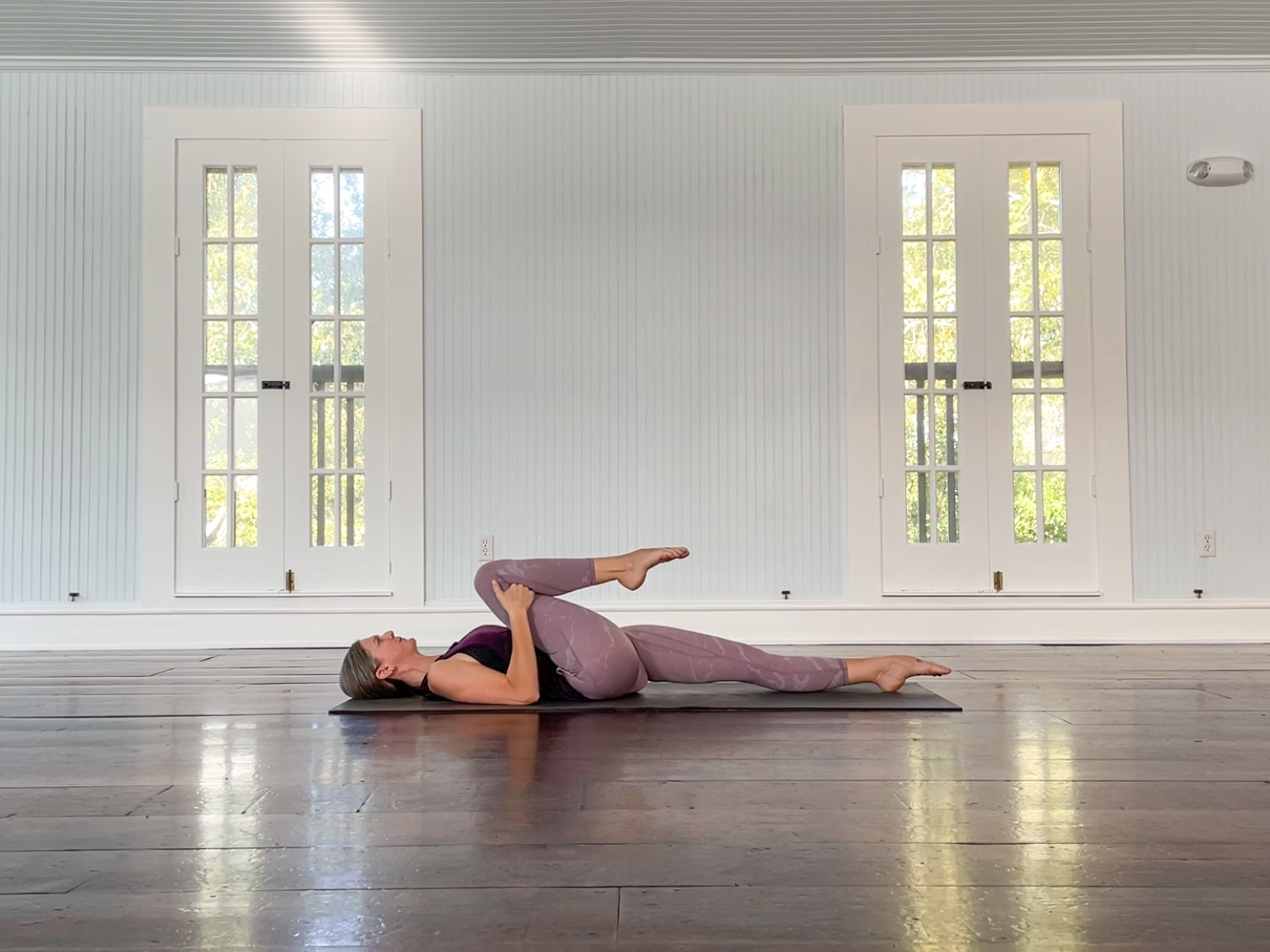
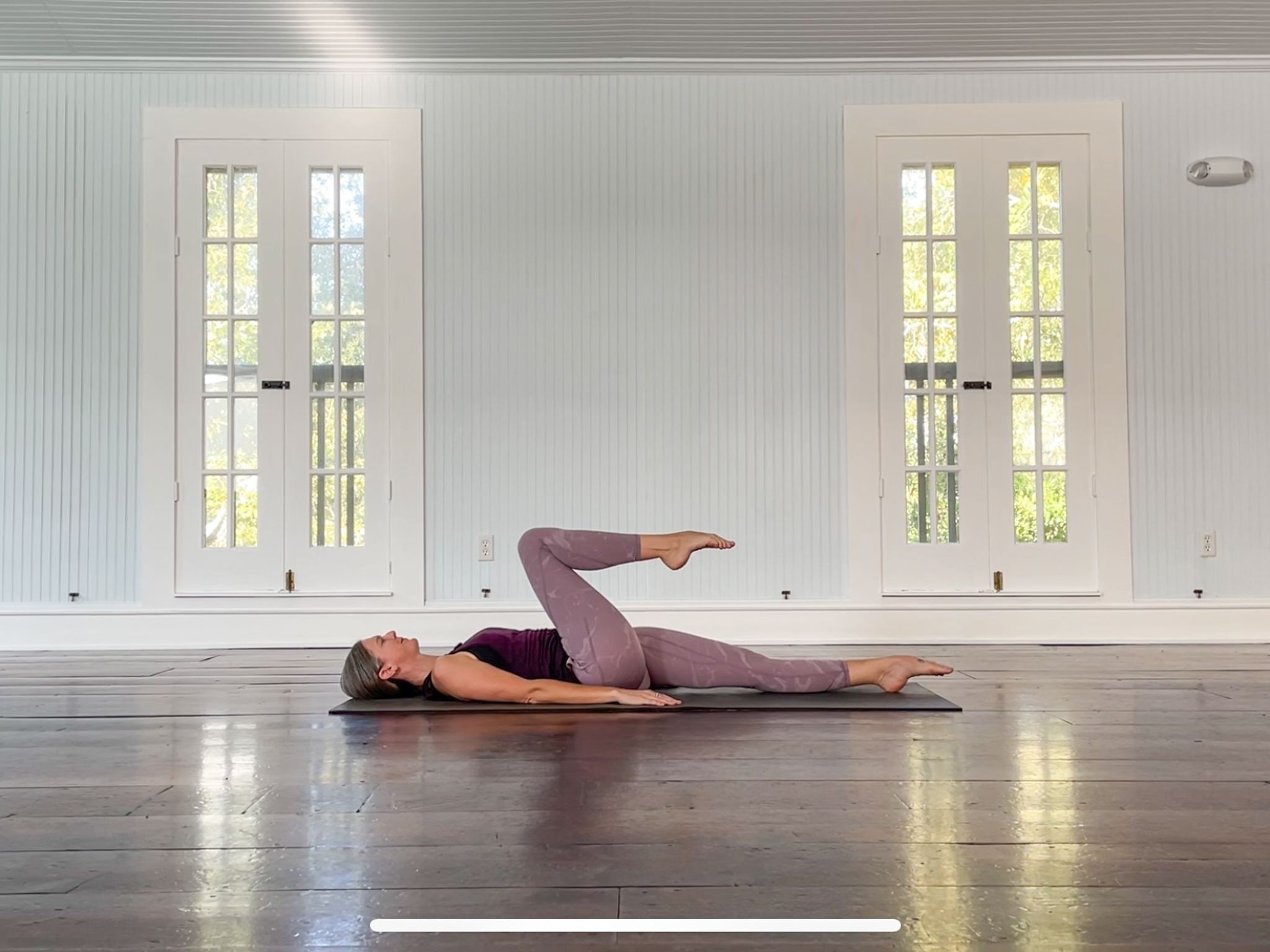

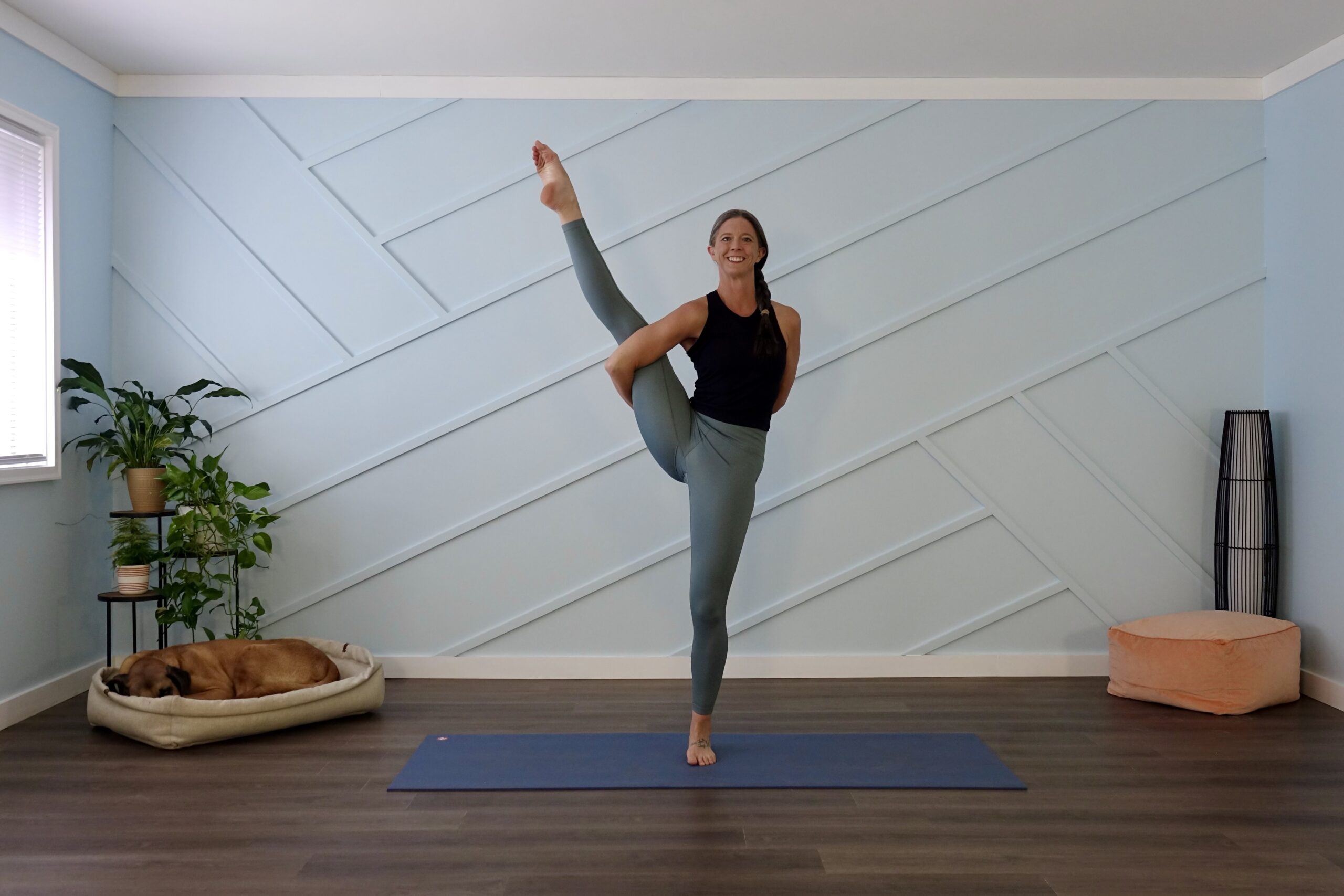

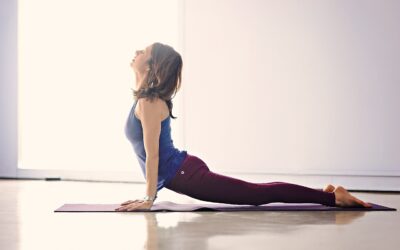
0 Comments